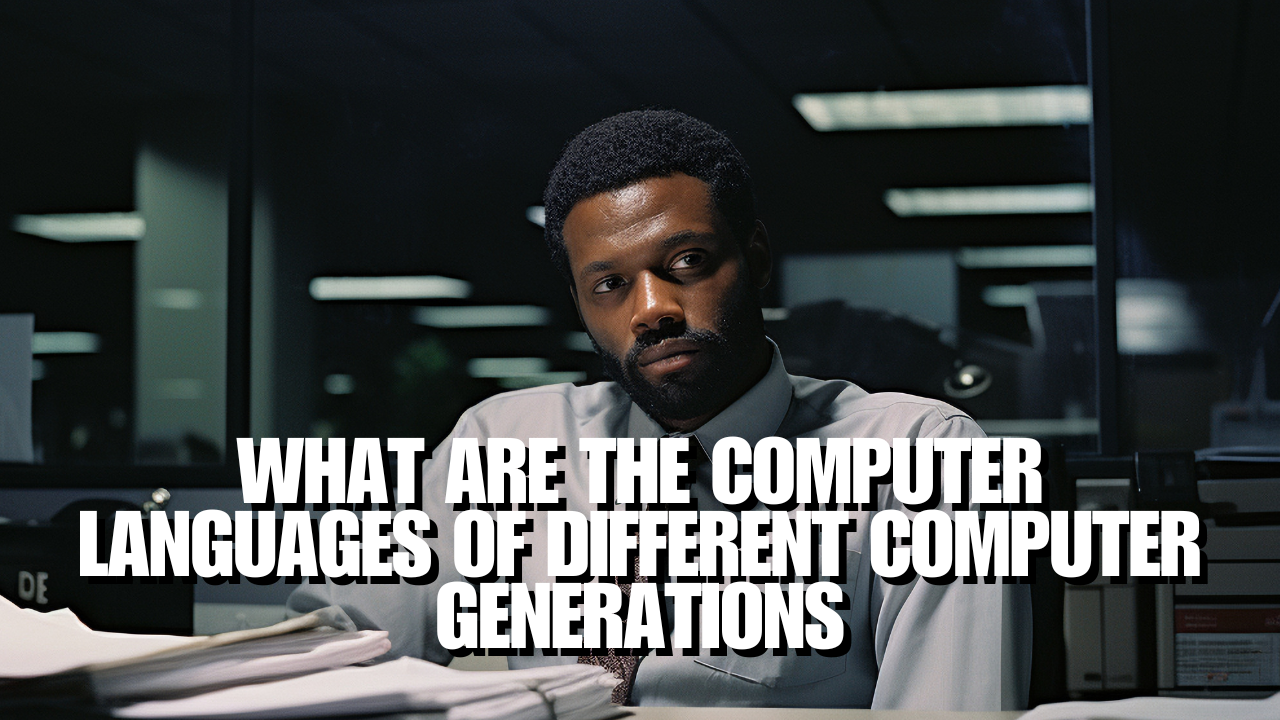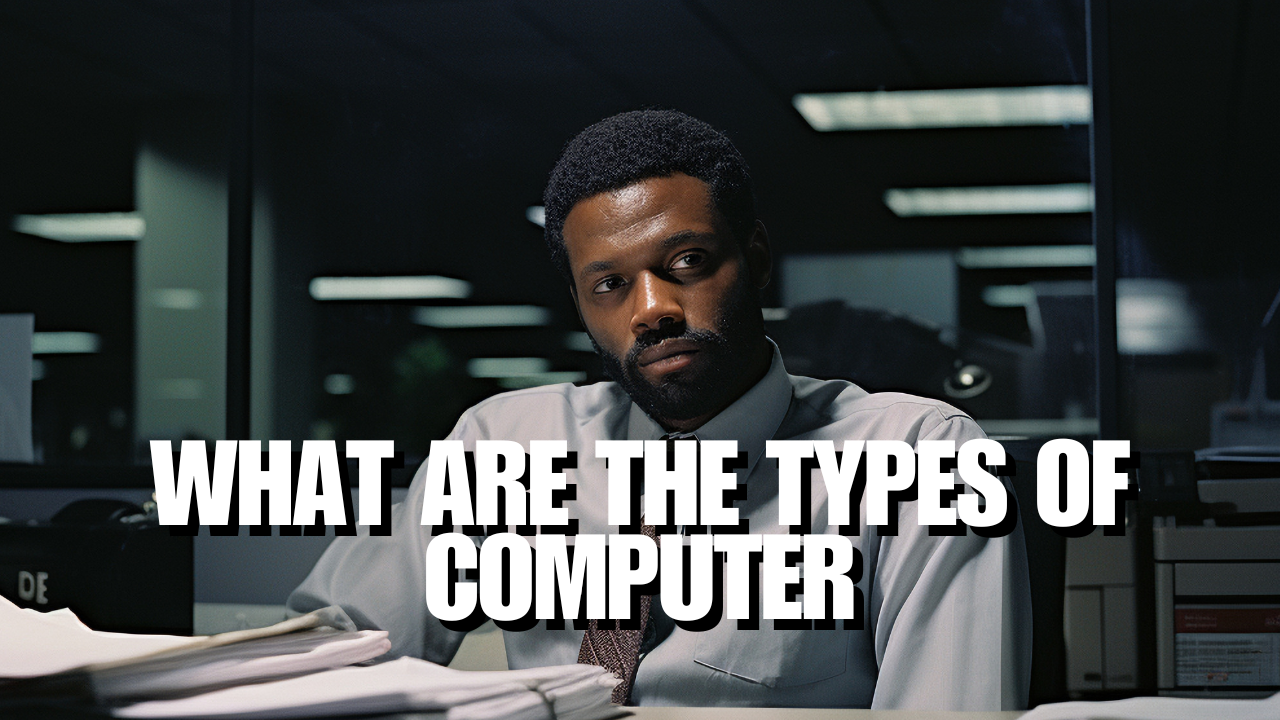What are the computer languages of different computer generations
Computer Languages in First-Generation Computers Programmers wrote instructions in machine and assembly languages because of lack of high-level programming language in those days. Since, machine and assembly languages are difficult to work with, only few specialists understood how to program these early computers. All computers use binary digits (Os to 1s) for performing internal operations. Hence, most computers, machine language instructions consist of strings of binary numbers.
Computer Languages in Second-Generation Computers – High- level programming languages [like FORTRAN, COBOL, ALGOL, and SNOBOL] and batch operating system emerged during second generation. High-level programming languages made second-generation computers easier to program and use than first-generation computers. Introduction of batch operating system helped in reducing human intervention while processing multiple jobs resulting in faster processing, enhanced throughout, and easier operation of second-generation computers.
Computer Language in Third-Generation Computers- On software front, standardization of high-level programming languages, timesharing operating systems, unbundling of software from hardware, and creation of an independent software industry happened during third- generation. FORTRAN and COBOL were the most popular high-level programming languages in those days.
Languages in Forth-Generation- Software technologies that became popular during this generation are C programming language, object- oriented software design, and object-oriented programming. C language combines features of high-level programming languages with efficiency of an assembly language. The primary objectives of object-oriented software design are to make programs gerreralized and to build software systems by combining reusable pieces of program codes called objects. The facilitate object-oriented software design, several object-oriented programming languages were introduced. Out of these, C++ emerged as the most popular object-oriented language.
Computer Languages in Fifth-Generation- In the area of programming languages, concepts that gained popularity during fifth generation are JAVA programming language, and parallel programming libraries like Message Passing Interface, and Parallel Virtual Machine. JAVA is used primarily on the World Wide Web. It supports Java-based applets allowing web pages to have dynamic information and more interactivity with users of web information. MPI and PVM libraries enable development of standardized parallel programs, so that a programmer can easily port and execute a parallel program developed for one parallel computer on other parallel computers. MPI is used for distributed memory parallel computers and PVM is used for shared memory parallel computers. Recently, programming languages for programming Data Analytics and Artificial Intelligence applications were developed. Python and R are two such languages.
Important Link
- तीन तलाक – महिलाओं के आत्मसम्मान की दिशा में ऐतिहासिक निर्णय|Triple Talaq – Historic decision towards women’s self-respect in Hindi
- भारत के लिए सौर ऊर्जा की उपादेयता|Usefulness of solar energy for India
- साइबर अपराध – एक गंभीर समस्या|Cyber crime – a serious problem
- PM Modi Praises The Sabarmati Report on Godhra Incident
- भारतीय चंद्र मिशन – चंद्रयान 2|Indian Lunar Mission – Chandrayaan 2
- कौशल विकास योजना – चुनौतियां और स्वरूप|Skill Development Scheme – Challenges and Format
- स्वच्छ भारत अभियान|Swachh Bharat Abhiyan
Disclaimer: chronobazaar.com is created only for the purpose of education and knowledge. For any queries, disclaimer is requested to kindly contact us. We assure you we will do our best. We do not support piracy. If in any way it violates the law or there is any problem, please mail us on chronobazaar2.0@gmail.com









Leave a Reply